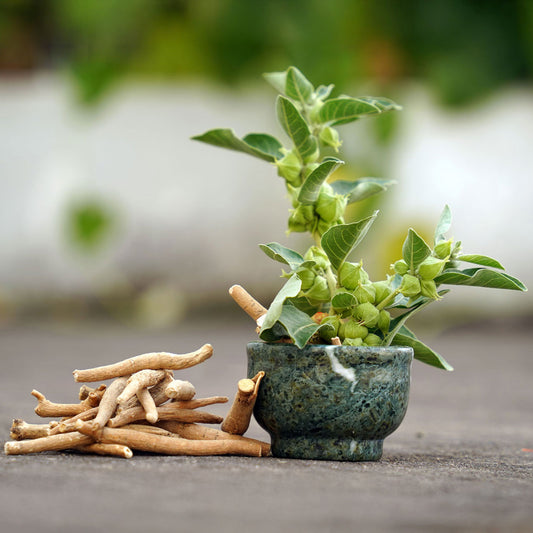Green Tea Leaf
Green Tea (Camellia sinensis) originated in China, and many believe it was first steeped in 2737 BC during the reign of Emperor Shennong. Today, green tea is enjoyed all over the world and considered an alternative to other forms of caffeine like coffee.
Let’s review the possible health benefits of green tea.
Rich in Antioxidants
Green tea is rich in polyphenols and catechins, which are antioxidants found in plants. Of special interest is EGCG (Epigallocatechin gallate), the main antioxidant found in green tea that can help fight oxidative stress.
EGCG may be behind the potential heart health benefits of green tea:
May Benefit Heart Health
Several studies1 have shown that green tea may support healthy blood pressure and cholesterol levels.
May Boost Brain Function
Green tea contains trace amounts of caffeine, which can support concentration and energy levels.
Additionally, green tea contains the amino acid L-Theanine, which is known for its calming and soothing effect.
May Burn Fat
Green tea may help burn fat by stimulating therogenesis (making the body warmer), and by increasing energy expenditure and fat oxidation2
REFERENCES:
- Dulloo AG;Duret C;Rohrer D;Girardier L;Mensi N;Fathi M;Chantre P;Vandermander J; “Efficacy of a Green Tea Extract Rich in Catechin Polyphenols and Caffeine in Increasing 24-h Energy Expenditure and Fat Oxidation in Humans.” The American Journal of Clinical Nutrition, U.S. National Library of Medicine, pubmed.ncbi.nlm.nih.gov/10584049/.
- Hartley L;Flowers N;Holmes J;Clarke A;Stranges S;Hooper L;Rees K; “Green and Black Tea for the Primary Prevention of Cardiovascular Disease.” The Cochrane Database of Systematic Reviews, U.S. National Library of Medicine, pubmed.ncbi.nlm.nih.gov/23780706/.





